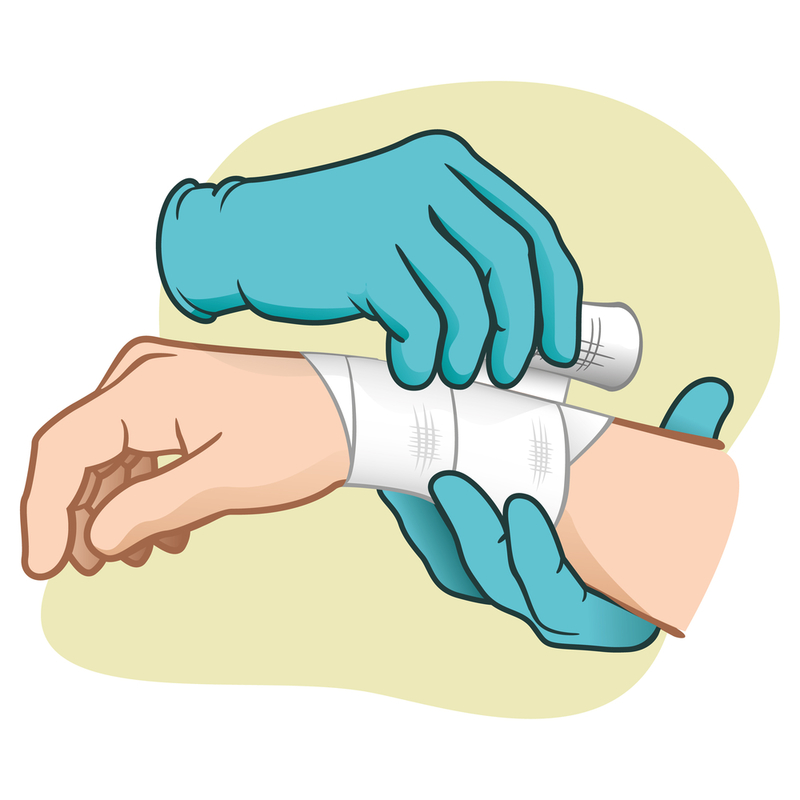An estimated 180,000 deaths every year caused by burns
UNI Mar 28, 2018
Non-fatal burns are a leading cause of morbidity, including prolonged hospitalization, disfigurement and disability, often with resulting stigma and rejection.

Burns are a global public health problem, accounting for an estimated 180,000 deaths annually.The majority of these occur in low- and middle-income countries and almost two thirds occur in the WHO African and South-East Asia regions.In many high-income countries, burn death rates have been decreasing and the rate of child deaths from burns is currently over 7 times higher in low- and middle-income countries than in high-income countries, A WHO report said.
A burn is an injury to the skin or other organic tissue primarily caused by heat or due to radiation, radioactivity, electricity, friction or contact with chemicals.Thermal (heat) burns occur when some or all of the cells in the skin or other tissues are destroyed by: hot liquids (scalds), hot solids (contact burns), or flames (flame burns).
Non-fatal burns are a leading cause of morbidity, including prolonged hospitalization, disfigurement and disability, often with resulting stigma and rejection.Burns are among the leading causes of disability-adjusted life-years (DALYs) lost in low- and middle-income countries.In 2004, nearly 11 million people worldwide were burned severely enough to require medical attention. In India, over 1 000 000 people are moderately or severely burnt every year.
Nearly 173 000 Bangladeshi children are moderately or severely burnt every year.In Bangladesh, Colombia, Egypt and Pakistan, 17 per cent of children with burns have a temporary disability and 18 per cent have a permanent disability.Burns are the second most common injury in rural Nepal, accounting for 5 per cent of disabilities.In South Africa, an estimated US$ 26 million is spent annually for care of burns from kerosene (paraffin) cookstove incidents. Indirect costs such as lost wages, prolonged care for deformities and emotional trauma, and commitment of family resources, also contribute to the socioeconomic impact.
-
Exclusive Write-ups & Webinars by KOLs
-
Daily Quiz by specialty
-
Paid Market Research Surveys
-
Case discussions, News & Journals' summaries